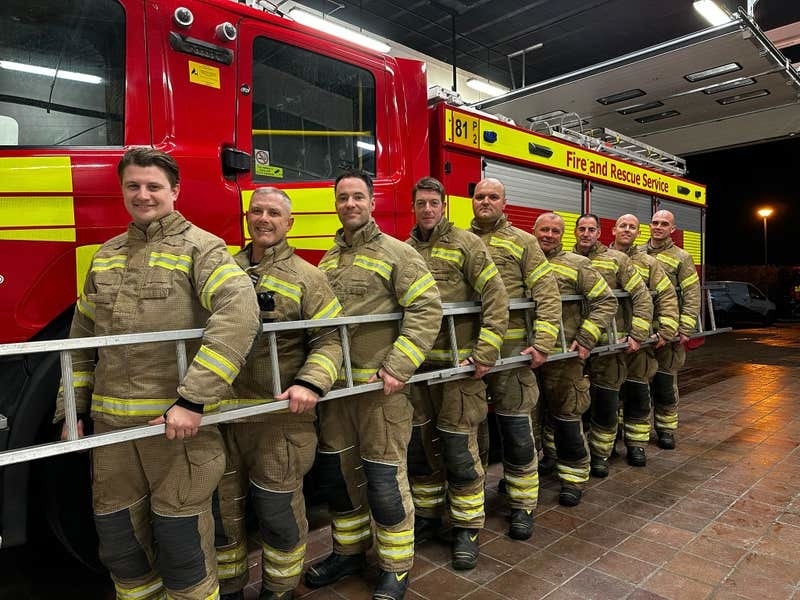The stark assessment of the numbers of youngsters seeking emergency help is laid bare by Dr Laura Posner, who works at the Child and Adolescent Mental Health Service, also known as CAMHS.
She says that the situation is being exacerbated by a shortage of staff, difficulties with recruitment and concerns about the restructuring of public-sector services.
There were 544 new referrals to CAMHS last year, and 436 in the first ten months of this year. Of those, around half needed an urgent response because the young person had attempted suicide, was psychotic or had an eating disorder.
Dr Posner said: ‘This increase in demand to attend to young people with risky presentations has led to an increase in waiting times for the other families presenting to our service. Young people with complex difficulties are offered more intensive packages of care, which can include individual therapy, family therapy and psychiatric input.
‘Where necessary they are admitted to Robin Ward or to Orchard House and our staff support the delivery of care in these inpatient settings. Where appropriate, a family’s needs are met by a sole clinician.’
Dr Posner, together with colleague Dr Catherin [correct spelling] Keep, has written to States Members to outline a raft of issues facing the service, including the ongoing problem of recruitment.
They wrote: ‘Since 2015 we have had a senior post removed from our team, a consultant clinical psychologist, and have struggled to recruit to three nursing posts. Salaries are not sufficiently competitive to attract candidates from the UK to move to Jersey. People accept posts and then decline them once they have visited estate agents and understand the poor quality of accommodation that they can afford.’
The pair add that, despite a nursing recruitment campaign back in 2016, they have not managed to recruit suitably qualified nurses on a permanent basis.
They have also raised concerns about the latest reorganisation of the public sector, which places CAHMS within the new Children’s Department, rather than in Health.
They said: ‘We are unclear as to how it will improve service provision for us to sit under a Children’s umbrella. We need to maintain professional links with our colleagues in Health. CAMHS services are traditionally viewed as health services, as they offer medication, support for inpatient treatment, nursing and therapeutic interventions. We are concerned about how the support that we receive from the Health Department will be replicated under the new organisational structure. However, as the new structure is not yet in place we are not yet clear as to how these concerns will be addressed.’
The doctors also believe plans to create a ‘one-stop shop’ for children and families could backfire.
They wrote: ‘Parents have fed back to us that they are concerned that we are now in the same building as the children’s service. We need an independent identity. This is a small island service and users have little choice in where they go for support. For some families, the thought of entering a building full of social workers leaves them feeling anxious and those who struggle with trust ask us if we are independent.’
The States were approached for comment but did not respond before publication.






